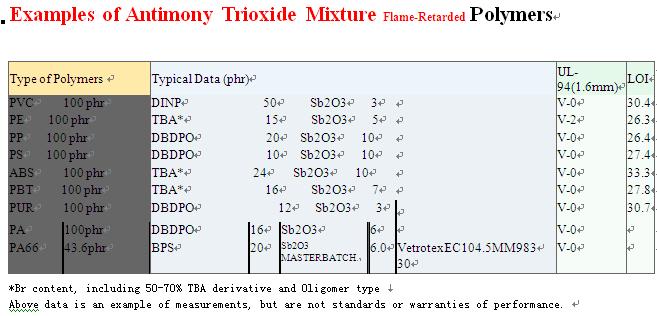London Metal Exchange tin took the spotlight Wednesday, surging nearly 4% due to ongoing supply concerns in Indonesia, illiquid market conditions, and speculative buying, with analysts questioning whether the market will hold onto those gains in the near term.
Ongoing supply concerns in the world’s largest tin producer, Indonesia, helped push prices sharply higher while thin post-Christmas holiday trading conditions exacerbated the gains, an LME trader and analyst said.
Three-month tin rose to an all-time high of $11,550 a metric ton, up over 3.5% from Friday’s PM kerb, before retreating to a PM kerb of $11,500/ton.
Speculative buying helped push tin prices higher, said Michael Skinner of Standard Bank, but this move is largely a function of the illiquidity of the market, with so many trade participants out for the holidays. The key question will be whether tin prices hold these gains over the next few days, he added.
Other traders have pointed to ongoing supply concerns in Indonesia as reason even higher prices may be to come.
According to a recent news report, the Indonesian government may move to limit exports of refined tin in 2007 because of quality problems. In October, the Indonesian government moved to shut down illegal tin smelters, citing a lack of licenses.
William Adams of BaseMetals said tin prices continue to look strong, particularly if the clampdown on illegal tin miners in Indonesia lasts.
Elsewhere, general trading activity on the LME remained light, said analysts.
LME copper gave up earlier gains, falling from Wednesday’s high of $6,449.75/ton to a PM kerb of $6,375/ton.
In news, Chile’s copper production totaled 477,054 tons in November, unchanged on the year, government statistics institute INE said Wednesday. In November 2005, the South American country mined 476,975 tons of the red metal.
Chile is the world’s largest copper producer, accounting for some 37% of world output.
In other news, the Chinese government said Wednesday that the country will keep export taxes on refined copper unchanged at 10% next year. However, export duties on copper alloy will be cut to 5% from 10%, and those on copper products such as copper bars, rods, plates, sheets and strips will be removed, the Ministry of Finance said in a statement outlining the provisional tax rates for 2007.
Posted in Metal News | No Comments »
NDRC: Aluminium price to reduce in 2007
Influenced by the hot money flow and other market factors, the electrolytic aluminium price in China will probably allay with that of alumina in 2007, predicted China’s National Development and Reform Commission (NDRC), China’s macro-economy policy maker.
Based on the data from NDRC, although the international aluminium price kept growing after 2006; but since the second half of 2006, alumina price experienced sharp reduce from CNY 6,000 to CNY 2,400 per ton in mainland market.
As the global largest producer and consumer of alumina, China is now under great impact of the changing relation between demand and supply in the international market.
Presently, the 15% tariff of China limits the alumina export, and also brings greater pressure to sales of aluminium in domestic market.
However, this will help reduce of alumina price, said NDRC; and macro-control on alumina must be emphasized, to avoid the quick increase of production capacity....
read more








